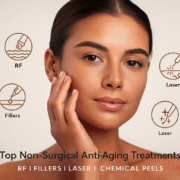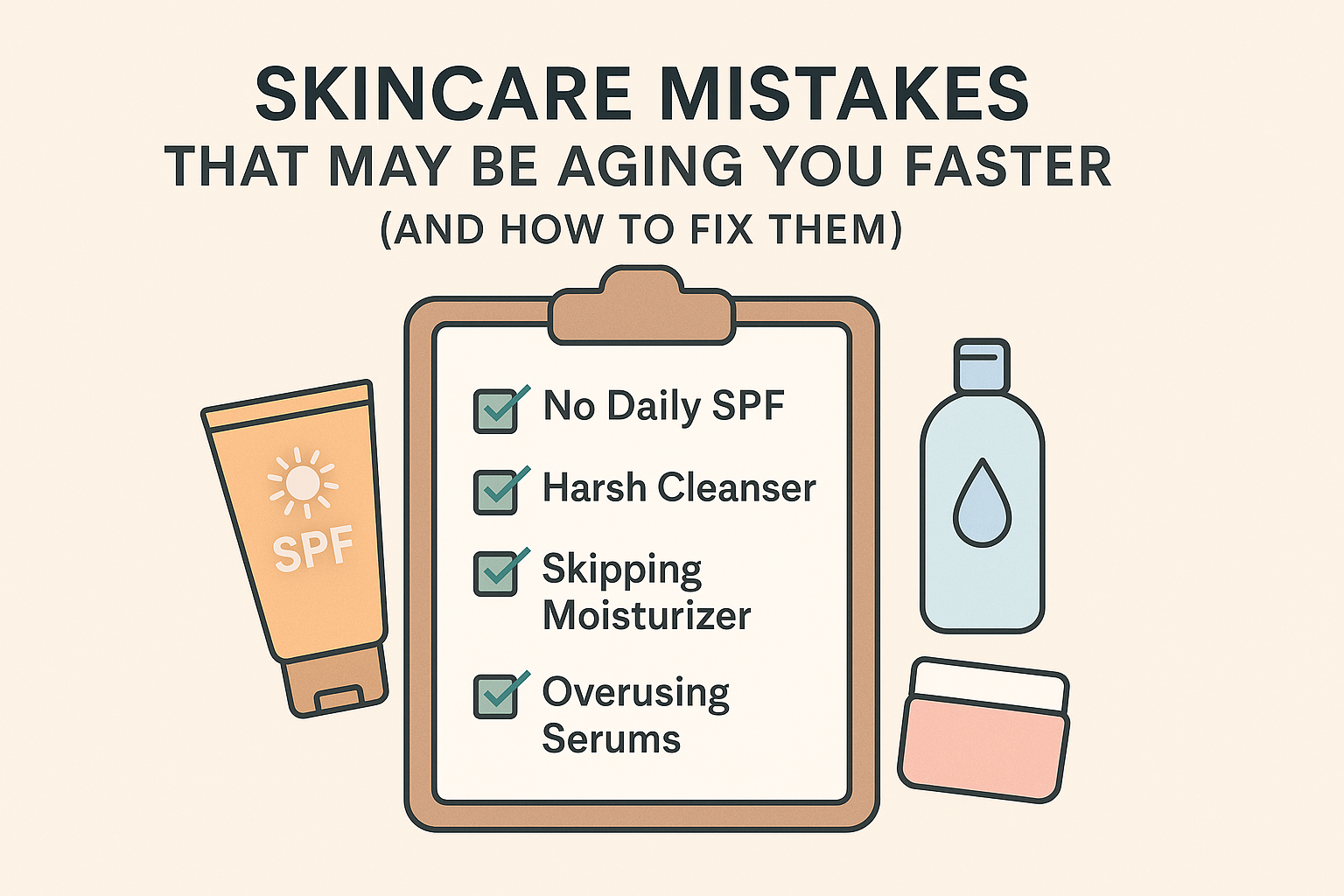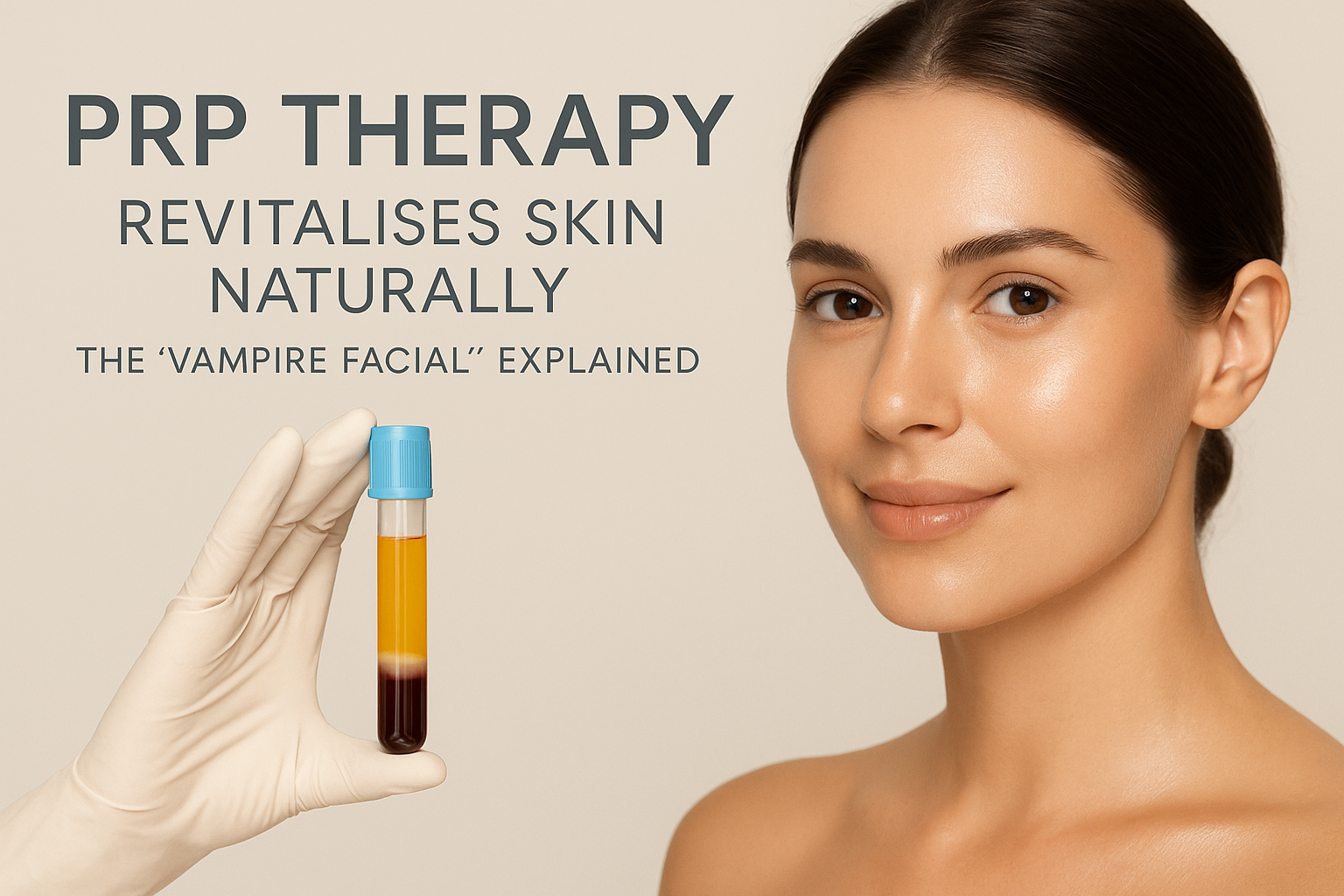When Should You See a Dermatologist? Skin Issues You Should Never Ignore
Not every skin concern requires a specialist, but some symptoms should never be ignored. While minor dryness or an occasional pimple may be harmless, persistent or worsening issues can signal underlying conditions that need professional care. Seeing a dermatologist early can prevent complications, scarring, and long-term damage. This guide highlights the key signs that it is time to book an appointment with a dermatologist at DrCosmetist.
What Does a Dermatologist Do?
A dermatologist is a doctor who specialises in skin, hair, and nail health. They diagnose and treat conditions such as acne, eczema, psoriasis, rosacea, hair loss, pigmentation, rashes, and suspicious moles. They also support anti-ageing and skin rejuvenation from a medical perspective.
Skin Issues You Should Never Ignore
1. Persistent or Severe Acne
If breakouts last more than a few weeks, leave scars, or do not respond to over-the-counter products, it is time to see a dermatologist. Untreated acne can lead to permanent marks and pigmentation.
2. Rapidly Spreading Rashes
Rashes that spread quickly, are painful, or are associated with fever can indicate infection, allergy, or an underlying condition that needs urgent attention.
3. Itching That Will Not Go Away
Chronic itching may be linked to eczema, dermatitis, allergies, or other inflammatory skin conditions. Constant scratching can break the skin and cause infection.
4. New or Changing Moles
Moles that change in size, colour, border, or texture, or begin to bleed or itch, require prompt evaluation to rule out skin cancer.
5. Persistent Pigmentation or Dark Patches
Dark patches that worsen despite sunscreen or home care may be melasma, sun damage, or post-inflammatory hyperpigmentation.
6. Excessive Hair Shedding
Sudden or ongoing hair loss can be a sign of stress, hormonal imbalance, scalp disease, or genetics. Early investigation improves treatment outcomes.
Why Early Treatment Matters
- Prevents minor issues from becoming chronic problems
- Reduces the risk of permanent scarring or pigmentation
- Helps identify internal health issues reflected in the skin
- Improves confidence and comfort
What DrCosmetist Offers
At DrCosmetist, dermatologist-led care includes diagnosis, treatment, and long-term management of medical and aesthetic skin concerns. Treatment plans may combine prescription medications, in-clinic procedures, and tailored skincare routines.
FAQs
Do I need a referral?
You can usually book directly for a consultation. Check with the clinic about referral requirements if applicable in your area.
How quickly will I see improvement?
This depends on the condition, but many patients start noticing changes within a few weeks of starting treatment.
Your skin is a visible indicator of your overall health. If you notice persistent acne, unexplained rashes, changing moles, stubborn pigmentation, or sudden hair loss, it is important to seek professional help sooner rather than later. At DrCosmetist, every consultation focuses on accurate diagnosis and effective, personalised care.
Unsure if your skin concern needs a doctor? Book a dermatologist consultation at DrCosmetist for expert assessment and peace of mind.










